Since the release of Lose it Nigerian (LIN) e-Book a few weeks ago, I have received amazing reviews . I have also had some inquiries regarding the difference between Lose It Nigerian (LIN) e-Book and my fitness pal which is a free database and has Nigerian food entries. The simple reply is often that there isn’t a major difference when it come to tracking, you can absolutely use my fitness pal. However, if you are serious about losing significant amounts of weight on a Nigerian diet, you need to do a lot of leg work to use myfitnesspal effectfully. The extra leg work is what Lose It Nigerian (LIN) e-Book offers and It can be used in conjunction with myfitnesspal.
Why does my fitness plan require extra legwork you ask?
My fitness pal is largely an unverified database, meaning that anyone can enter any information which shows up in search. Why it works so well for non-Nigerian foods is because most of the foods are pre packaged, so pretty much the company who packages the food has done the legwork of calorie calculation and verification.
Why it doesn’t work well for Nigerian or African food in general is because we ALL cook differently, there are no reasonable averages. If you are trying to lose weight, daily caloric and macro information should be balanced to at least 95%. This is why it’s a bad decision to rely on unverified entries.
Most people who use my fitness pal also use it for their own recipe development. This is a great feature and it works excellently well with Non Traditional ingredients. It’s when you get into things are more local to Nigerian diet that you might have some issues:
These are two examples of things that most Nigerians who use Myfitnesspal would have used at some point of another.
Ola-Ola Poundo Entry
MyFitnessPal information Vs Actual Ola Ola packaging information
From the fat content information in the MFP entry, you can already tell that the information is inaccurate. If you are on a low calorie diet and are more concerned about calorie alone, this misinformation has now set you back 123 calories in just one meal. PS: let the fact that one cup of poundo has a whooping 940 calories sink in just for a moment. Considering that the average dieter is on a caloric plan between 1200-1400 calorie. Imagine what happens when you account for the calories in the soup.
Garri
Myfitnesspal information
Another example is this popular entry for garri. Based on the lengthy research I had to do when writing Lose It Nigerian, I know this information is grossly inaccurate.Granted lots of factors affect the caloric content of garri based on processing methodologies but averaging formulas still bring a cup at a little over 500 calories.
3 Tips for using Myfitnesspal effectively for Nigerian food
1. Only use verified ingredients when possible
Do comparison between myfitness pal and at least one other websites (google, calorieking) when you are unsure.
Note: verified information usually have a green check-mark next to them.
2. Do NOT use other people’s entries for things like egusi soup, okra soup, stew etc.
There is no way of telling type and quantity of ingredients used. It’s best that you enter your own ingredients, verify them, and determine reasonable serving sizes. Alternatively, get Lose it Nigerian. All the work has already been done for you (wink wink..lol)
3. Use “Quick Add” option
This is a feature of myfitnesspal I recently discovered (which is weird since I have been using the app for 3+ years). This is amazingly useful when you are eating off of a program like LIN, all you need to do is actually enter calorie information. This way you use the app as a “calorie keeper” instead of going through the hassle of entering and verifying information

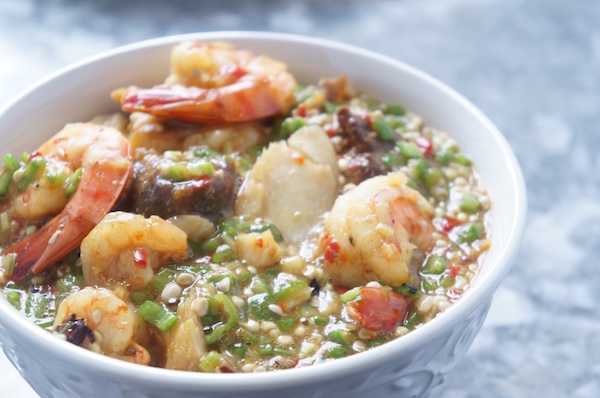
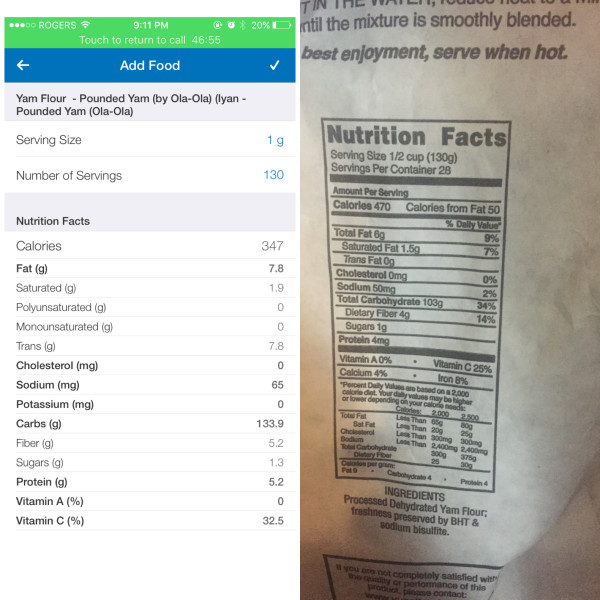
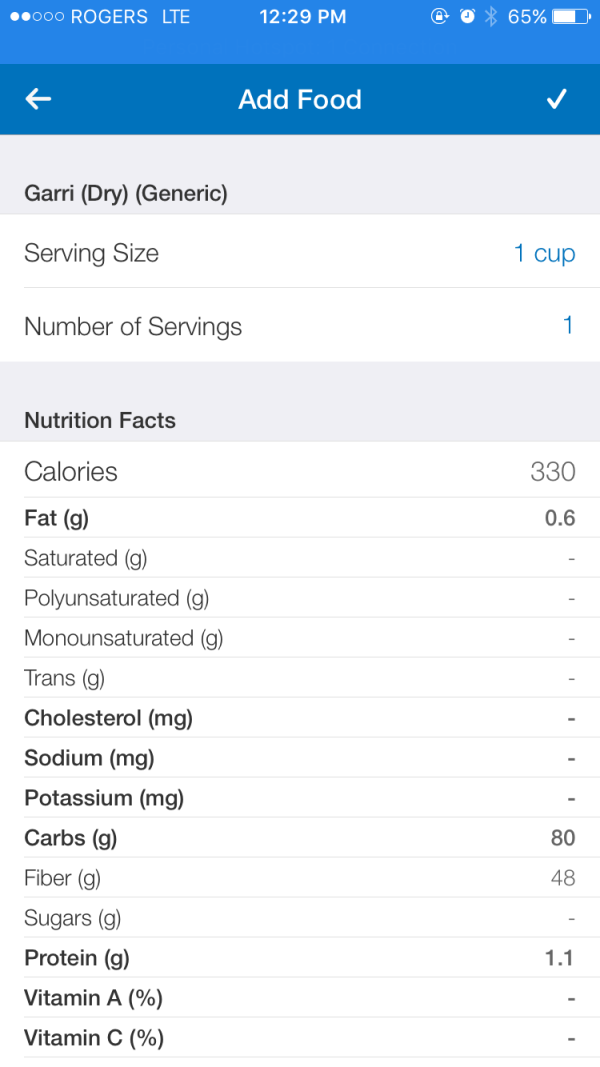
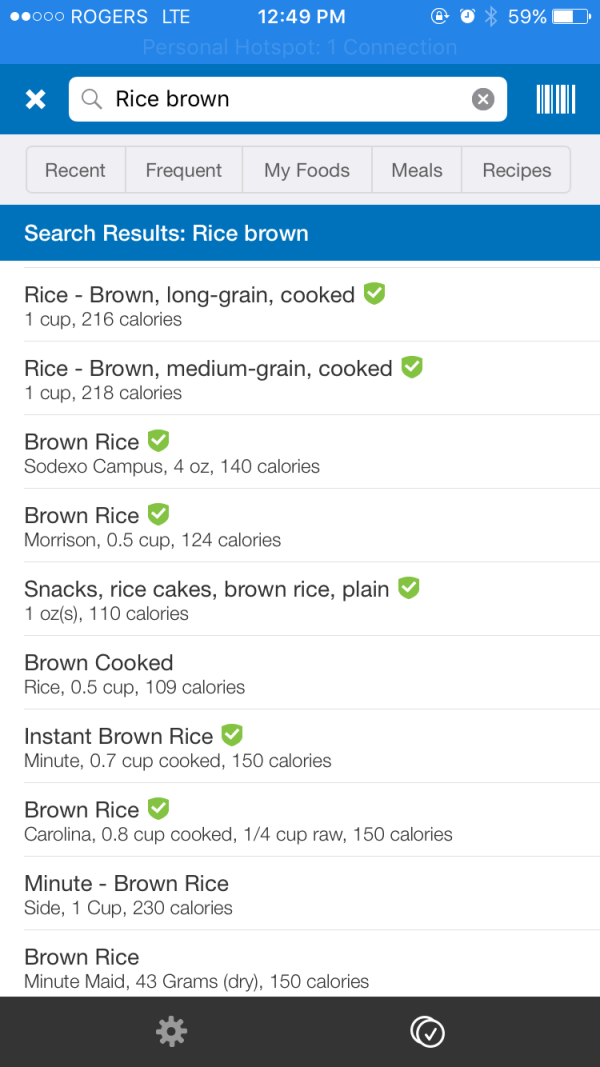
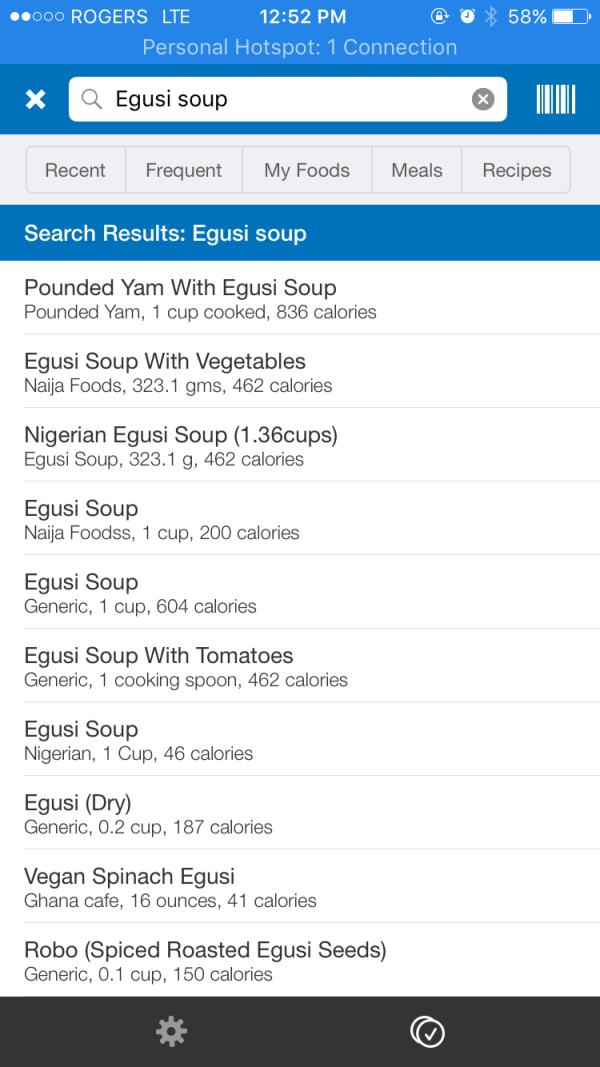
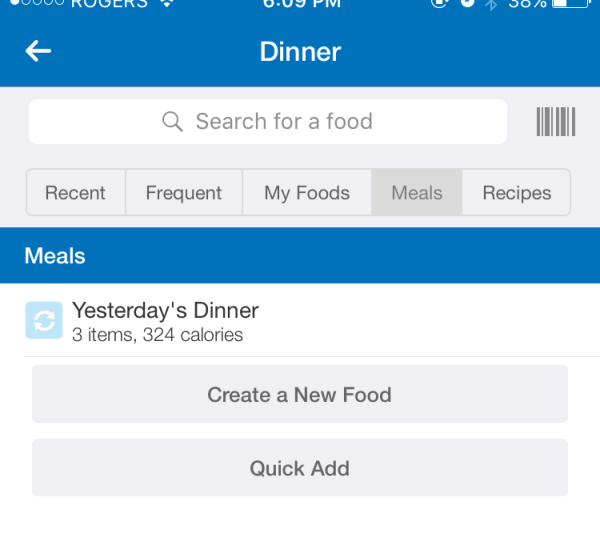

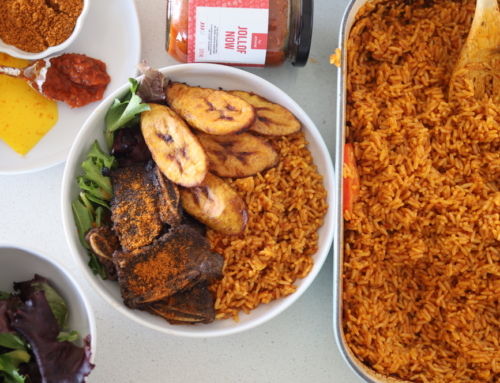


How do I get lose it Nigerian eBook.
Via loseitnigerian.com
This is very good.
I downloaded on an iOS phone but the final stage of email Nd username doesn’t shw arrow for nxt to complete the sign up process
How can i get it pls, Ive tried downloading the app but I cant seem to get it bcos on play store it says not available in your country and my address is in Nigeria
Hi Ronke. I really appreciate what you do. This calorie counting thing is no joke. A diabetes educator I know stresses during meal planning class that when carb counting or measuring calories in foods like pasta or rice (I’m including swallow as well), 1 cup = 1cup cooked, not 1 cup raw/ dry. So my fitness pal is probably measuring one cup prepared food.
Indeed Obi! result on my fitness pal will vary based on what is typed in. They have a database for cooked and uncooked ingredients.
I just bought LIN yesterday and I must say there are very sumptuous and delicious looking healthy recipes in there. Now, I’m looking forward to loosing some kilos naija style. My goal is to lose 20 kg in the long-term but I will already be elated if I can just get rid of 5 kg…hahaha! Thumbs up to you Ronke @9jafoodie
Yeiii!! you definitely can do this.
Another cool post thumbs up Edoho
thanks
Hello Ronke. I’ve been following your site for years and I love the blog and recipes. Congratulations on LIN, I’d like to support the cause but need to know – Is LIN diabetes friendly? I’m trying to help the hubby eat well and enjoy is food while keeping the condition in mind please help. Looking forward to your response or email. Have a blessed day.
Hello Lolo, thank you!! yes it is. Most of the meals are low GI. There are a few plantain recipes in there that can be modified using green plantains. I can’t wait to read your feedback on the book!!
Okay I really need LIN!!! *takes deep breath* Let me start by saying I love your blog and I follow and try most of your amazing recipes for me and my mum. I’m good weight-wise but my mum is on a weight loss plan of 1200 calories/day and it gets really tiresome trying to make sure she stays within that range (she’s a really good sport about it though, lol). So long story short, what exactly does LIN do and how can I get it?! I follow you on IG & I am based in Kaduna, Nigeria… Pls help!xoxo
Awww thank you so much. That’s awesome that mum is great sport. LIN has traditional Nigerian recipes modified to be healthier and low calorie. It teaches you everything you need to learn about weight loss on a Nigerian diet and includes 54 recipes (with calorie and macro nutrient information. you can see more HERE